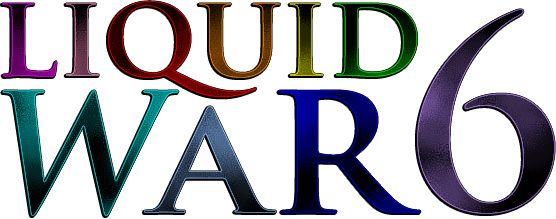


Following exposure to high concentrations of phosgene, a person may develop fluid in the lungs (pulmonary edema) within 2 to 6 hours.
LIQUID WAR SKIN
Skin contact can result in lesions similar to those from frostbite or burns. Difficulty breathing or shortness of breath. Burning sensation in the throat and eyes. During or immediately after exposure to dangerous concentrations of phosgene, the following signs and symptoms may develop:. Immediate signs and symptoms of phosgene exposure Phosgene gas and liquid are irritants that can damage the skin, eyes, nose, throat, and lungs. Poisoning caused by phosgene depends on the amount of phosgene to which a person is exposed, the route of exposure, and the length of time that a person is exposed. If phosgene liquid comes into contact with food, people may be exposed by eating the contaminated food. If phosgene liquid is released into water, people may be exposed by touching or drinking water that contains phosgene. They may also be exposed by breathing air that contains phosgene. If phosgene gas is released into the air, people may be exposed through skin contact or eye contact. People’s risk for exposure depends on how close they are to the place where the phosgene was released. Phosgene gas is heavier than air, so it would be more likely found in low-lying areas. Chlorinated solvents are chlorine-containing chemicals that are typically used in industrial processes to dissolve or clean other materials, such as in paint stripping, metal cleaning, and dry cleaning. The vapors of chlorinated solvents exposed to high temperatures have been known to produce phosgene. Chlorinated hydrocarbon compounds are substances sometimes used or created in industry that contain the elements chlorine, hydrogen, and carbon. Phosgene can be formed when chlorinated hydrocarbon compounds are exposed to high temperatures. Phosgene is used in industry to produce many other chemicals such as pesticides. Phosgene is not found naturally in the environment. Among the chemicals used in the war, phosgene was responsible for the large majority of deaths. Phosgene was used extensively during World War I as a choking (pulmonary) agent. Where phosgene is found and how it is used Phosgene is also known by its military designation, “CG.”. Phosgene itself is nonflammable (not easily ignited and burned). At high concentrations, the odor may be strong and unpleasant. At low concentrations, it has a pleasant odor of newly mown hay or green corn, but its odor may not be noticed by all people exposed. Phosgene gas may appear colorless or as a white to pale yellow cloud. When liquid phosgene is released, it quickly turns into a gas that stays close to the ground and spreads rapidly. With cooling and pressure, phosgene gas can be converted into a liquid so that it can be shipped and stored. At room temperature (70☏), phosgene is a poisonous gas. Phosgene is a major industrial chemical used to make plastics and pesticides.








